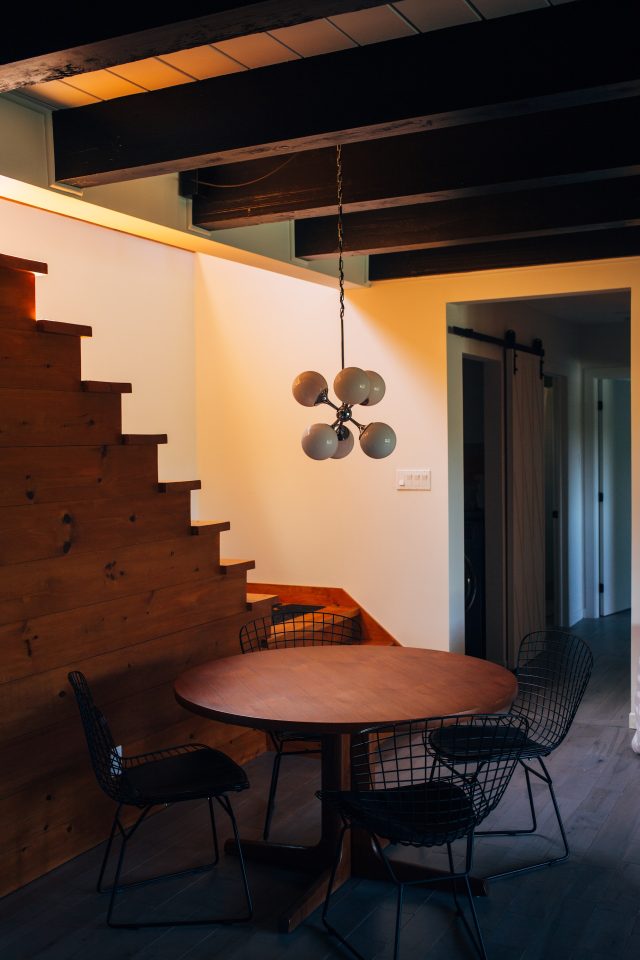
Waterproofing your basement walls is an essential step in maintaining the integrity and durability of your home. When water and moisture are allowed to ingress, they can cause a variety of expensive issues that include damage to your walls and home’s structure, mold and mildew growth and even health concerns. To prevent this, rely on this helpful step-by-step guide on how to waterproof basement walls using Liquid Rubber, an affordable and reliable solution for keeping your basement dry and well-protected.
What Makes Liquid Rubber an Excellent Choice?
Liquid Rubber is a modern-day waterproofing solution that stands out due to its ease of use, affordability, and reliability. What’s more, it is VOC-free and non-toxic, ensuring that it is safe for use in your homes and for the environment.
Understanding the Source of Moisture
Before you can begin the process of waterproofing your basement walls, you’ll need to first identify the source of any water or moisture ingress. Some common causes include:
- Water seeping through cracks in the basement’s foundation or walls
- Incorrectly fitted windows that don’t allow water to drain properly
- Inadequate drainage system that doesn’t redirect rainwater away from your home’s foundation
Prepping for the Task: Gathering the Right Tools and Materials
An essential part of learning how to waterproof basement walls is understanding the tools and materials you’ll need. These include:
- Liquid Rubber’s Basement Foundation Sealant
- Liquid Rubber’s Color Waterproof Sealant
- Nylon bristle brush or a nap roller
- Cleaning supplies such as bleach, water, and a towel
- Hydraulic cement for filling in small cracks and holes
- Waterproof or resistant caulking for sealing windows and doors
Before you get started, make sure that you’ve got enough of each product on hand to complete the job. Roughly, you’ll need 1 gallon of Liquid Rubber’s Color Waterproof Sealant for every 50 square feet of wall space.
Step One: Cleaning the Area
Before you begin waterproofing, ensure that the area is clean and free of any existing coatings, dirt, or dust. If there are any old coatings on your basement floor, these will need to be removed using methods such as sandblasting or paint remover.
For areas with mold, use a solution of bleach and water (approximately 12 ounces of bleach to every gallon of water). After cleaning the walls, rinse them with warm water, dry them thoroughly, and let them dry out completely before applying the sealant.
Step Two: Sealing Cracks and Holes
The next step in how to waterproof basement walls is to fill any cracks or holes in your flooring. To fix small cracks and holes in your foundation, use hydraulic cement. This product sets quickly, making it easy to apply. Use a trowel to fill the affected areas, and quickly wipe away any excess as it sets rapidly.
Step Three: Sealing Window and Door Openings
To seal areas around windows and doors, use waterproof or resistant caulking. Follow the instructions on the product packaging, which generally include cleaning the areas to be sealed, allowing the product 24 hours to set, and ensuring there are no holes or punctures in the set product.
Step Four: Applying Waterproof Coating to the Basement Floor
After sealing your door and window frames and filling any cracks in the foundation, it’s time to waterproof the basement floor.
Use a nylon bristle brush or a nap roller to apply Liquid Rubber’s Basement Foundation Sealant to the floor. Ensure that you apply the sealant in even strokes, working from one end of the floor to the other, then reversing direction, which will help to create a durable barrier against water intrusion.
Allow 12-24 hours for the sealant to set before applying a second coat.
Step Five: Applying Waterproof Sealant to the Basement Walls
After sealing your basement’s foundation, it’s time to waterproof the walls. For this task, you will need Liquid Rubber’s Color Waterproof Sealant.
Apply the sealant generously, aiming for at least two to three heavy coats to create a waterproof membrane on your basement walls.
Final Thoughts
Waterproofing your basement walls using Liquid Rubber is a doable task for most DIY enthusiasts. It requires some elbow grease but isn’t too complex for a dedicated homeowner. Using these simple steps, you can properly waterproof the walls of your basement and protect your home from harmful water and moisture ingress.











